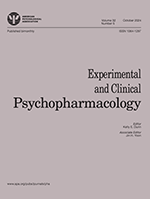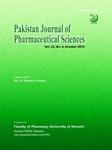
“In addition to the psychoactive constituents that are typically associated with Cannabis sativa L., there exist numerous other specialized metabolites in this plant that are believed to contribute to its medicinal versatility. This study focused on two such compounds, known as cannflavin A and cannflavin B. These prenylated flavonoids specifically accumulate in C. sativa and are known to exhibit potent anti-inflammatory activity in various animal cell models. However, almost nothing is known about their biosynthesis. Using a combination of phylogenomic and biochemical approaches, an aromatic prenyltransferase from C. sativa (CsPT3) was identified that catalyzes the regiospecific addition of either geranyl diphosphate (GPP) or dimethylallyl diphosphate (DMAPP) to the methylated flavone, chrysoeriol, to produce cannflavins A and B, respectively. Further evidence is presented for an O-methyltransferase (CsOMT21) encoded within the C. sativa genome that specifically converts the widespread plant flavone known as luteolin to chrysoeriol, both of which accumulate in C. sativa. These results therefore imply the following reaction sequence for cannflavins A and B biosynthesis: luteolin ► chrysoeriol ► cannflavin A and cannflavin B. Taken together, the identification of these two unique enzymes represent a branch point from the general flavonoid pathway in C. sativa and offer a tractable route towards metabolic engineering strategies that are designed to produce these two medicinally relevant Cannabis compounds.”
https://www.ncbi.nlm.nih.gov/pubmed/31151063
https://www.sciencedirect.com/science/article/pii/S0031942218303819?via%3Dihub






 “Neuropathic pain can develop after nerve injury, leading to a chronic condition with spontaneous pain and hyperalgesia.
“Neuropathic pain can develop after nerve injury, leading to a chronic condition with spontaneous pain and hyperalgesia. “Cannabinoid compounds are potential analgesics. Users of medicinal
“Cannabinoid compounds are potential analgesics. Users of medicinal 